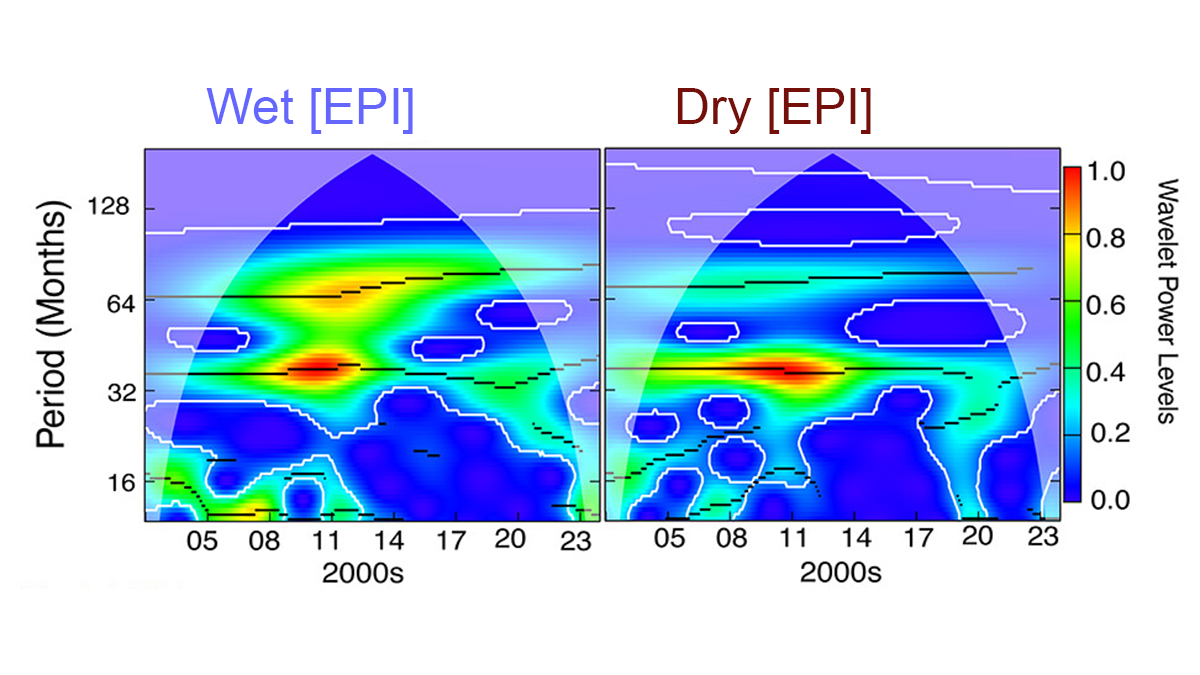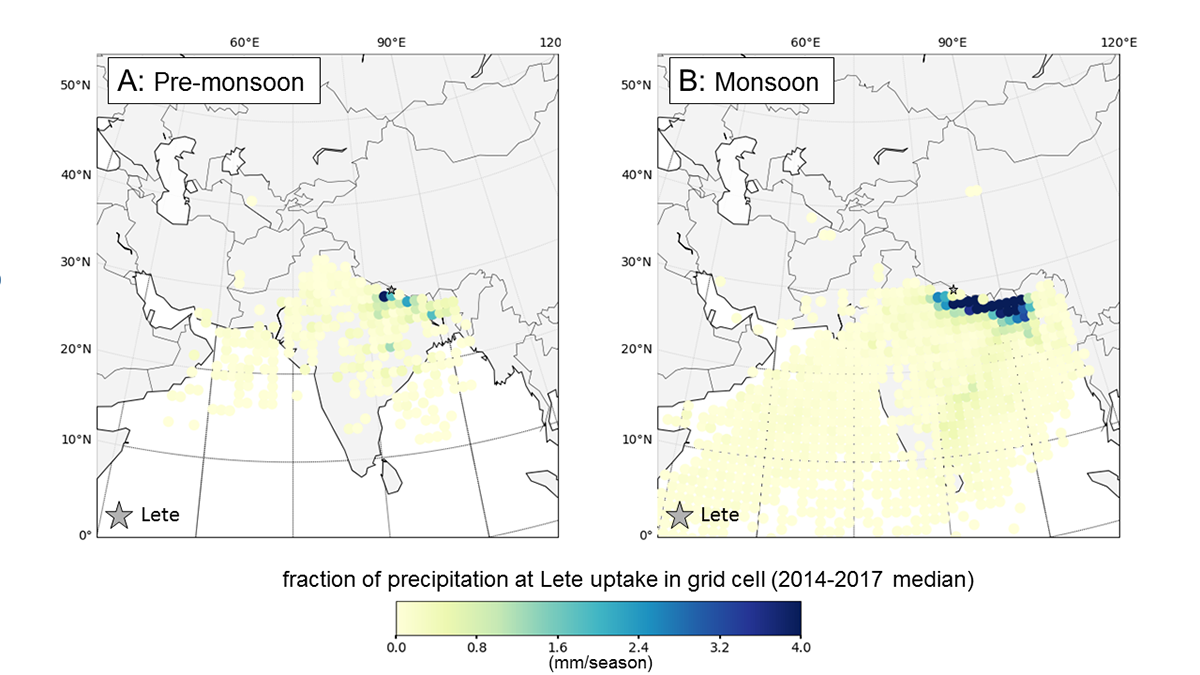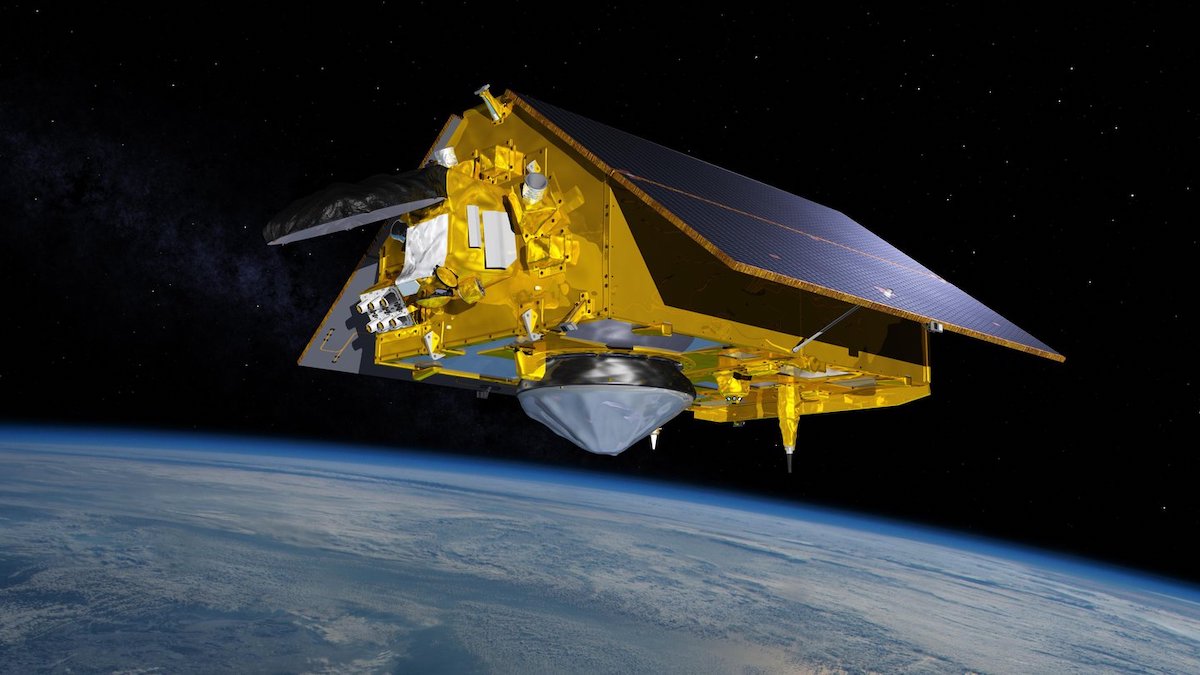Severe droughts and floods are primarily driven by climate variations in tropical oceans, with interannual and decadal patterns playing key roles.
Tissa Illangasekare
Benefiting Society with Translational Water Research
A new special collection welcomes translational research contributions that bridge the gap between scientific knowledge and practical applications regarding water as a key societal resource or a risk.
Source of Precipitation Moisture Feeding Himalayan Rivers
Isotope study showing the partitioning of moisture into snow, ice, and groundwater allows an understanding of the relative contribution to river flow to show where Himalayan river water comes from.
Oceans Warming Increases Xinjiang’s Precipitation, but Scarcity Stays
A transition toward an unusually wet condition due to ocean surface warming-induced increased precipitation will not alleviate the water scarcity risk in Xinjiang, China.
Transforming Hydrology by Integrating Sensors and Disciplines
Satellite sensing has transformed hydrology by providing global information on variables and fluxes. Breakthroughs will come from integrating sensing information and cross-disciplinary approaches.





